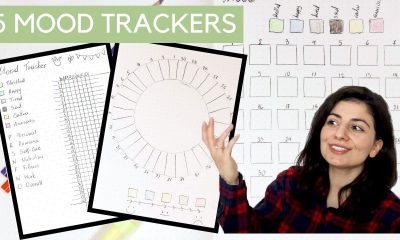Education
The Horizontal and Vertical Line

While learning English letters you might have practiced standing and sleeping lines. A horizontal line is a sleeping line. Formally you can define a horizontal line as the line drawn parallel to the x-axis. You can see horizontal line in many other shapes. Ex: triangle, rectangle, etc.
The kitchen slab is the best example of horizontal lines. A straight line is usually represented by the equation y = mx+c, where m is the slope of a line and c is the constant.
Vertical Line
While measuring the height of a person you hold the measuring tape from top to bottom. The line drawn parallel to the tape represents the vertical line. It is a line drawn perpendicular to the x-axis or parallel to the y axis. A real-life example of this is an electric pole.
The Slope of Horizontal and Vertical Lines
Horizontal line: The slope of a line gives the steepness of a line. It is measured by dividing the values of the y axis by the values of the x-axis. The horizontal line is flat so its slope is equal to zero. It means m = 0, So the above equation of a straight line can be written as y = c. This is the equation of a horizontal line. Where y is the value of y coordinate at any point on a line. C is the point at which a line crosses the y-intercept.
Vertical line: The values of x coordinates in a vertical line are equal. Here also the slope is equal to zero. So the equation of a vertical line is written as x = c or x = – c. Where x is the value of x coordinate at any point on a line. C is the point at which the line crosses the x-intercept.
Horizontal and Vertical Line Tests
Horizontal Line:
The test helps in finding whether the function is one-to-one or not. The function is said to be one-to-one if there exists a single x value for every y value.
Ex: Monday you eat an apple, Tuesday an orange, Wednesday papaya, Thursday grapes, Friday lichi, and Saturday a watermelon. This represents the one-to-one function because each day is paired with different fruit.
If you eat an apple on Monday an apple, Tuesday an orange, Wednesday a papaya, Thursday an apple, Friday lichi, and Saturday a watermelon. Then this is not a function because on Monday and Thursday you are eating an apple.
Vertical line:
The vertical line test is handy in determining whether the relation is a function or not. As per the definition of a function, every image has got a pre-image. The given relation can be checked by drawing a vertical line. If it intersects at a single point on the graph, then the relation is a function. If the vertical line intersects at more than 1 point then the relation is not a function.
Ex: Graph of a parabola representing a quadratic equation is a perfect example of a function. Because the vertical line intersects the graph at a single point here.
Difference Between Horizontal and Vertical Lines
- The horizontal line is parallel to the x-axis and perpendicular to the y axis. Whereas vertical lines are parallel to the y axis and perpendicular to the x-axis.
- Horizontal lines are drawn either from left to right or from right to left but vertical lines are drawn from top to bottom or from bottom to top.
- Horizontal line equation is y = c and the vertical line equation is x = c.
With this ends the horizontal and vertical line topic. For further more curious information log onto the Cuemath website.





















































